Everything about Flies
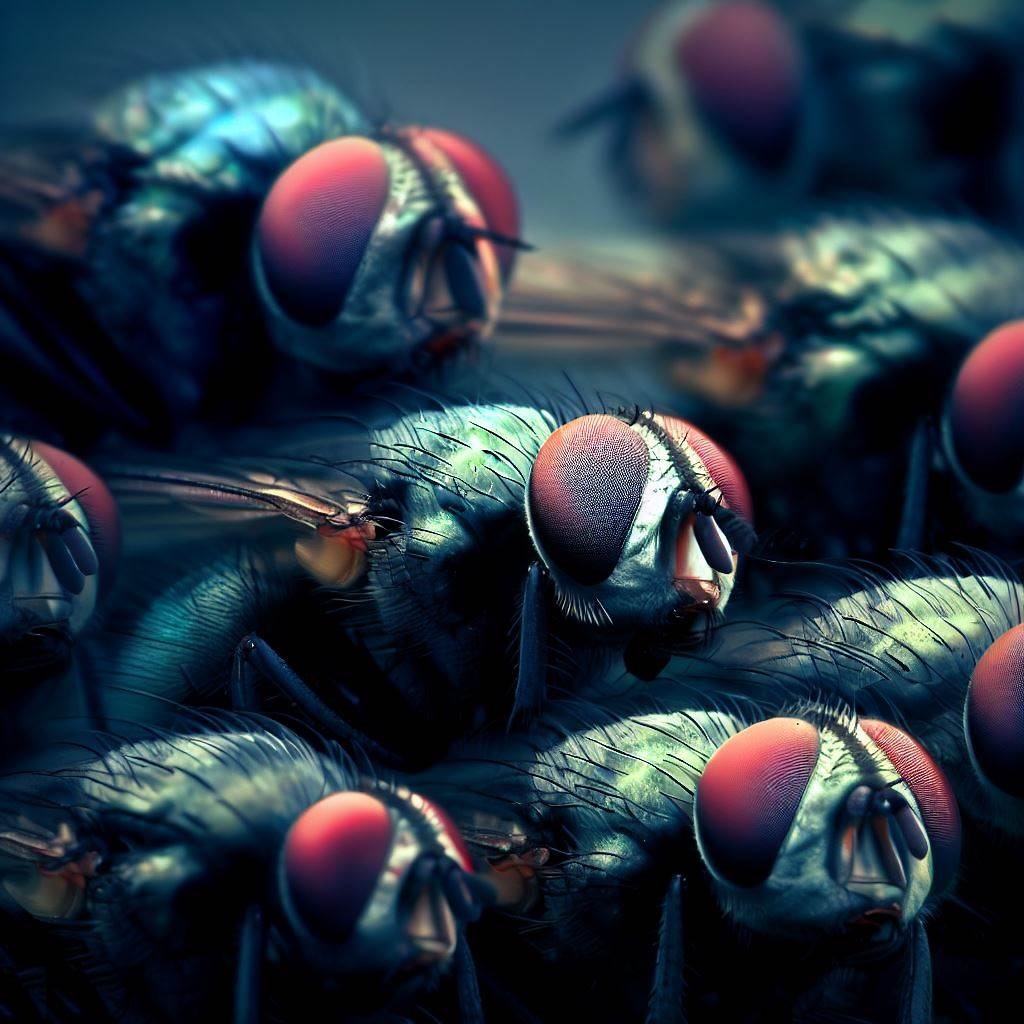
| Characteristics of Flies | |
|---|---|
| Feature | Description |
| Size | Vary widely depending on the species. House flies typically measure about 6-7 mm in length. |
| Color | House flies are gray with black longitudinal lines on the thorax. Colors can vary among different species of flies. |
| Wing Structure | Two wings, known as diptera. They have a pair of halters, which are modified hind wings that aid in flight. |
| Diet | Primarily feed on organic decaying material, sugary substances, and liquid or semi-liquid food. |
| Habitat | Thrive in areas of decay or garbage, can also be found in residential areas, especially kitchens. |
Dissecting Flies Anatomy
Flies belong to the order Diptera, which translates to “two wings”. This is because, unlike many insects that have two pairs of wings, flies have only one pair of wings and a pair of modified wings called halteres. Let’s delve into the anatomy of flies:
Head
Thorax
Abdomen
Head
- Antennae: These are sensory structures. In flies, the antennal structure can vary greatly depending on the species. For instance, house flies have short and feathery antennae, while mosquitoes (which are also flies) have longer, whip-like antennae.
- Compound Eyes: Flies are known for their large, often colorful, compound eyes that cover a substantial portion of the head. These eyes can contain thousands of individual lenses (ommatidia) and give the fly a very wide field of vision.
- Mouthparts: Flies exhibit a variety of mouthparts adapted to their feeding habits. For example, house flies have sponging mouthparts, while mosquitoes have piercing-sucking mouthparts.
Thorax
- Wings: Flies have a single pair of membranous wings used for flying.
- Halteres: Unique to flies, these small knobbed structures evolved from the hind wings and serve as gyroscopic organs, helping flies maintain balance during flight.
- Legs: Flies have three pairs of legs, each consisting of several segments (coxa, trochanter, femur, tibia, and tarsus). The feet (tarsi) often have adhesive pads and claws to help in landing and gripping surfaces.
- Spiracles: These are breathing holes that lead to the tracheal system, through which flies respire. Spiracles can be found on the thorax and abdomen.
Abdomen
- Segments: The abdomen is segmented and contains many of the fly’s vital organs, including the digestive and reproductive systems.
- Reproductive Organs: Depending on the species and gender, flies have various reproductive structures. For example, female mosquitoes have an ovipositor designed for piercing and egg-laying.
- Spiracles: As on the thorax, these are openings for the tracheal system and are situated on the abdominal segments.
How Do I Get Rid Of Flies?
To get rid of flies, prioritize cleanliness, regularly dispose of trash, and keep food items covered. Fly traps and screens can deter them from entering. For smaller issues, DIY methods might be effective.
However, for persistent infestations, it’s best to seek professional Fly Extermination services. The decision between DIY and professionals should weigh the severity of the infestation, budget, and desired efficacy.
Moreover, professionals have access to specialized treatments not available to the general public. Their expertise ensures a thorough and lasting solution to bothersome fly problems.
What are the most common types of Flies in Canada?
Canada is home to a wide variety of fly species due to its diverse habitats. Here are six of the most common types of flies you might encounter in Canada:
- House Fly (Musca Domestica)
- Blow Fly (Chrysomya rufifacies )
- Fruit Fly (Drosophila Melanogaster)
- Horse Fly ( Tabanus sp.)
- Black Fly (Simulium spp.)
- Cluster Fly (Pollenia Rudis)
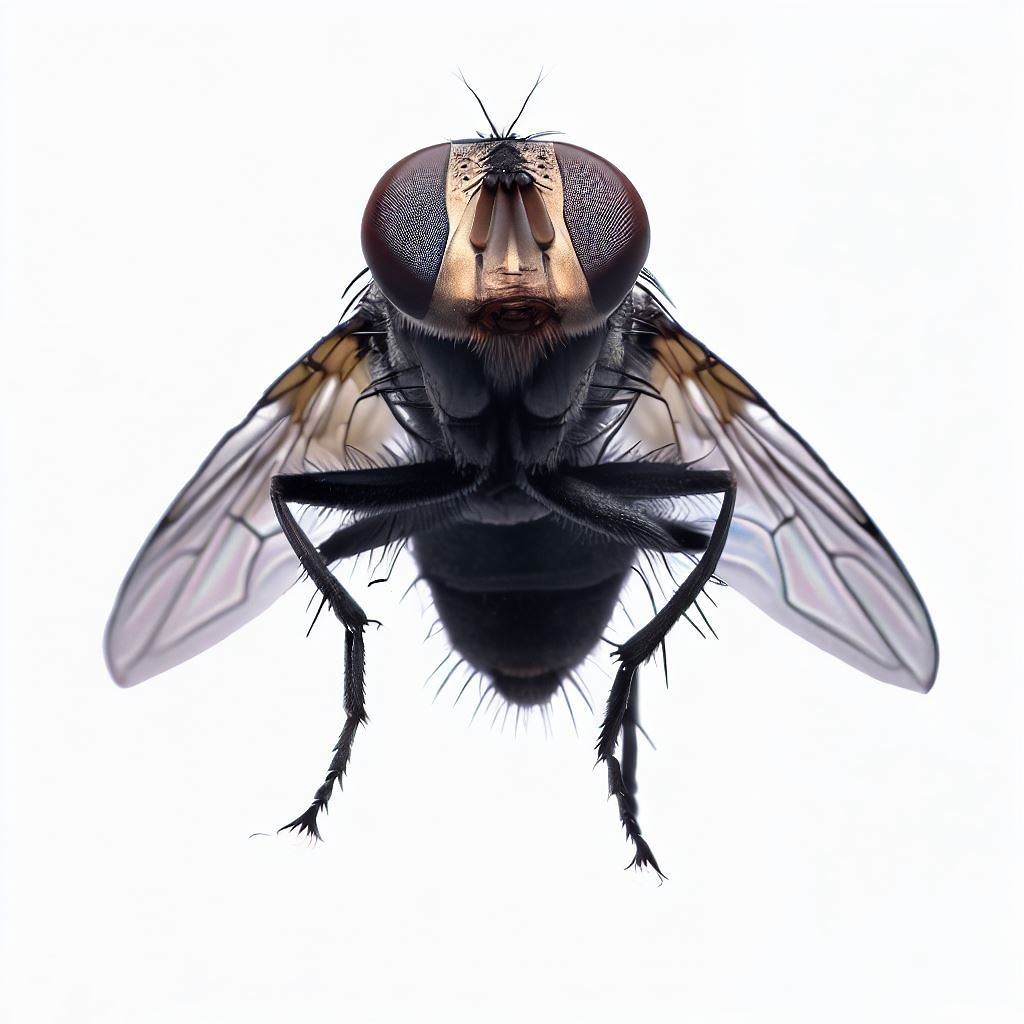
House Fly
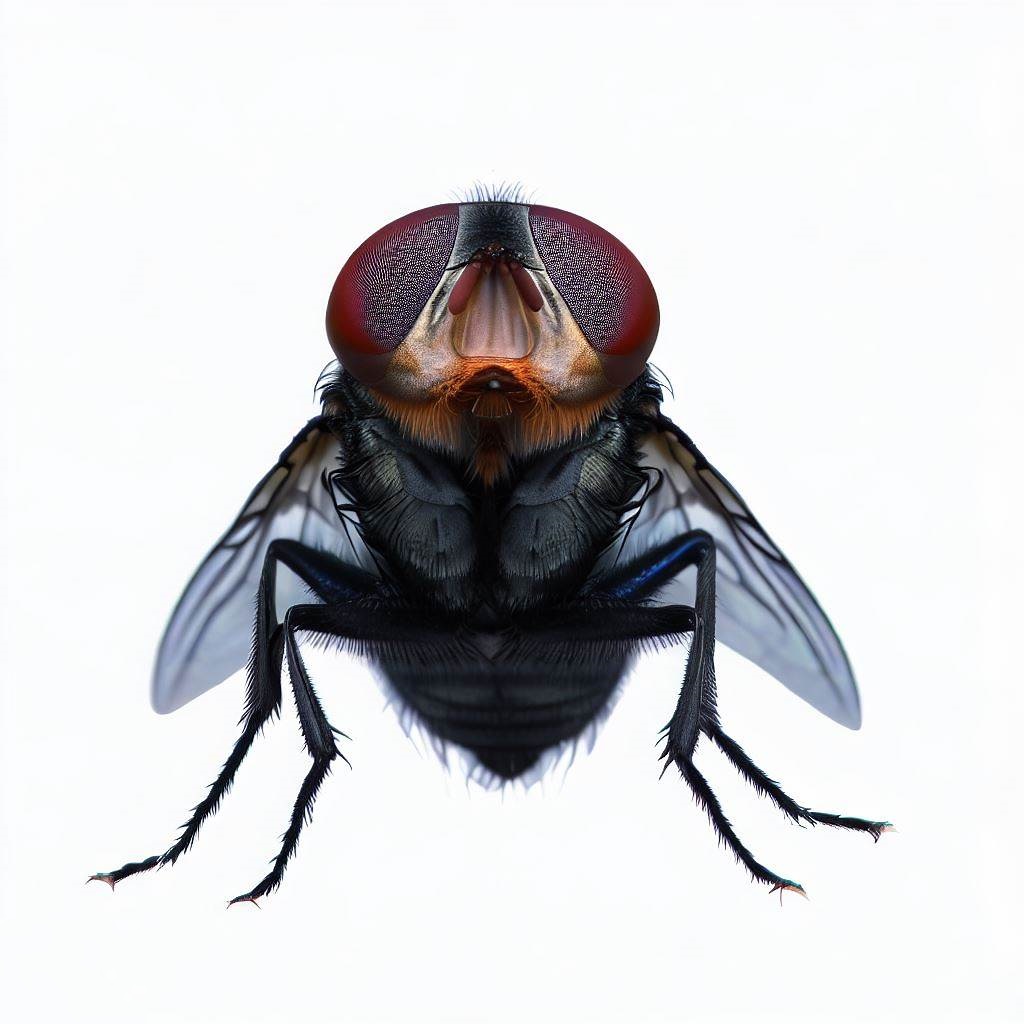
Blow Fly
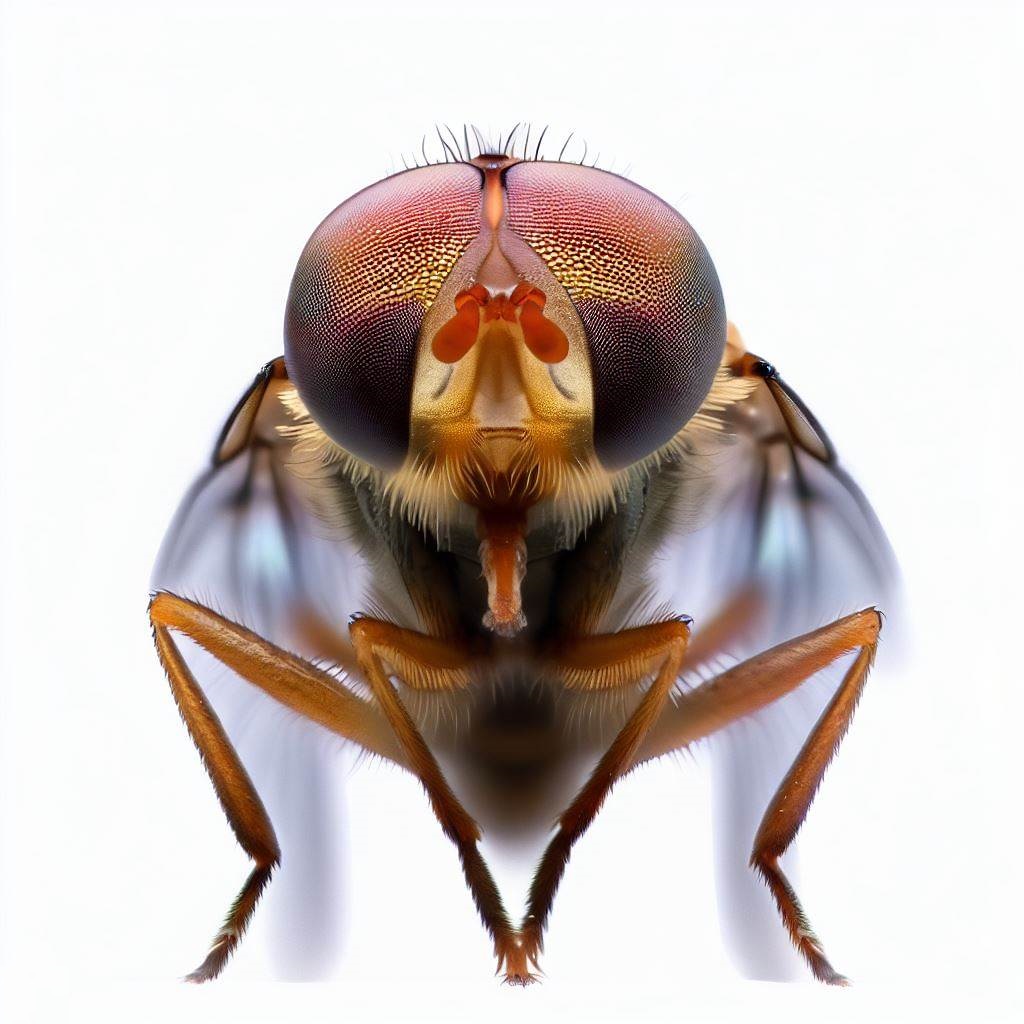
Fruit Fly

Horse Fly
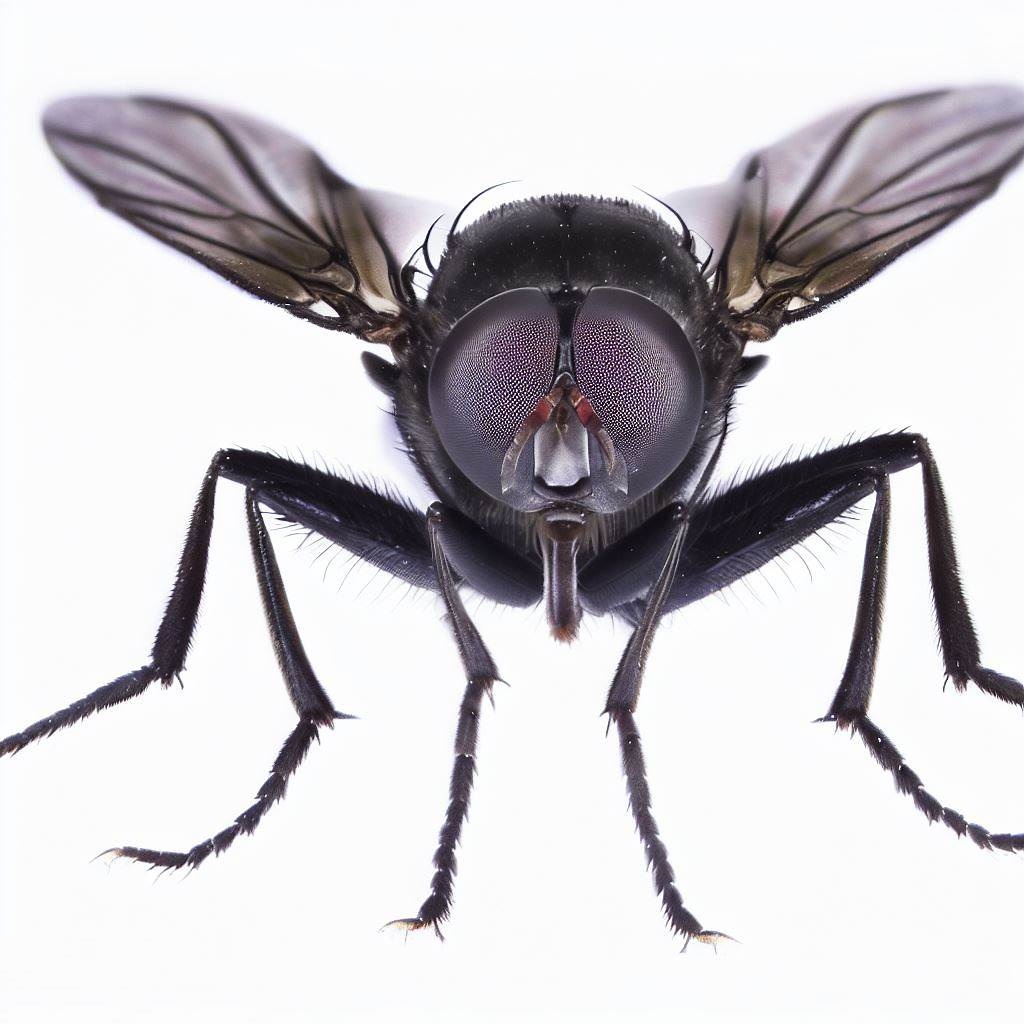
Black Fly
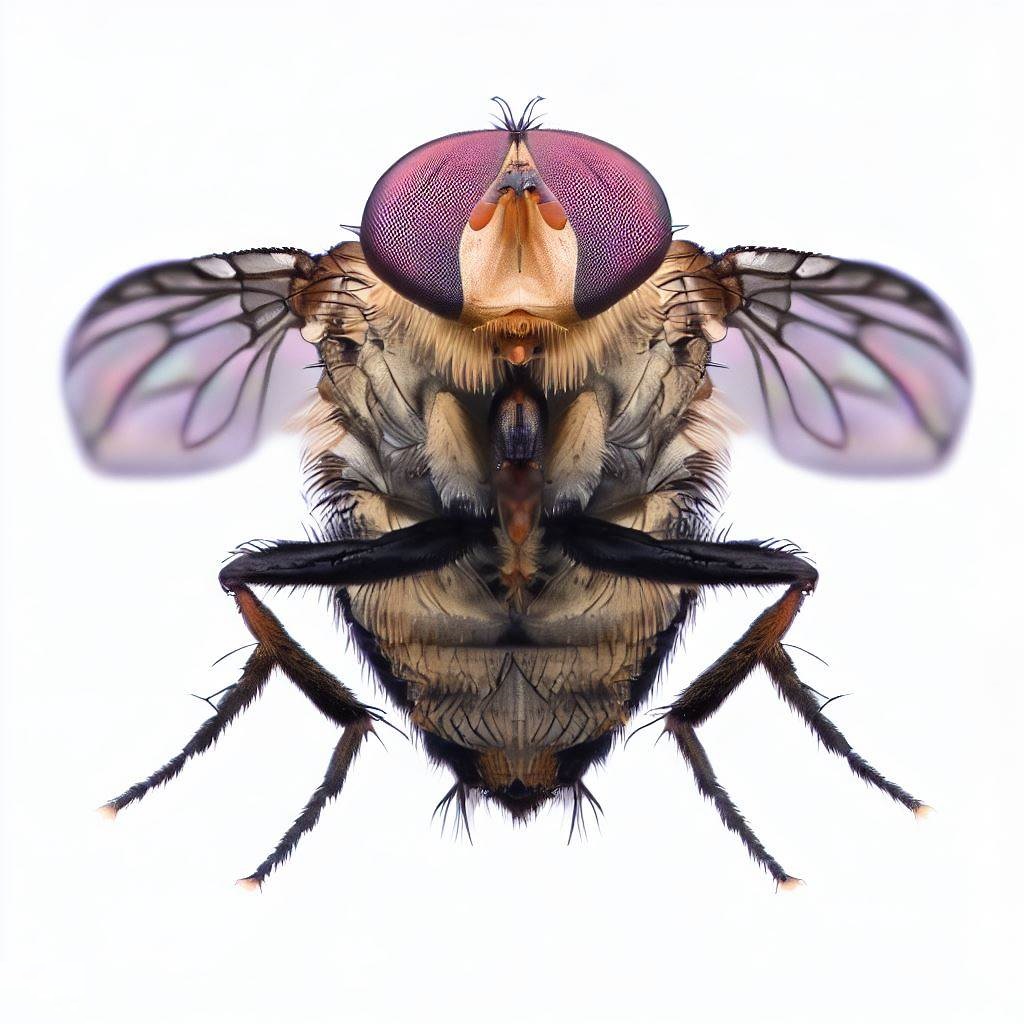
Cluster Fly
Call us for a Free c Inspection
What are the characteristics of House Fly?
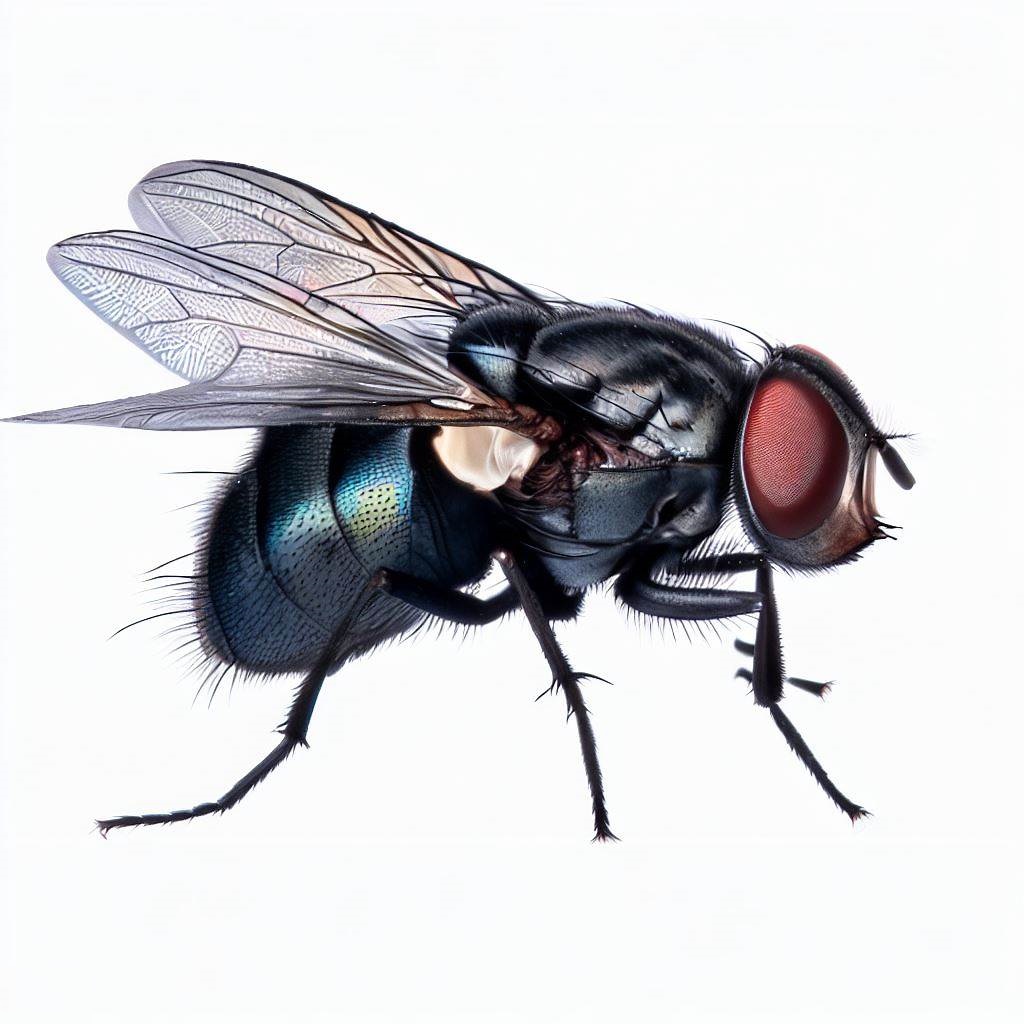
| Characteristics of House Fly | |
|---|---|
| Feature | Description |
| Size | About 6-7 mm in length. |
| Color | Gray, with four dark longitudinal lines on the thorax. |
| Eyes | Large, reddish eyes that occupy much of the head's surface. |
| Diet | Feed on liquids, decaying matter, and various organic materials. Can turn solid food into liquid form to consume it. |
| Habitat | Found in close association with humans, thrives in areas where food waste is present. |
What are the characteristics of Blow Fly?
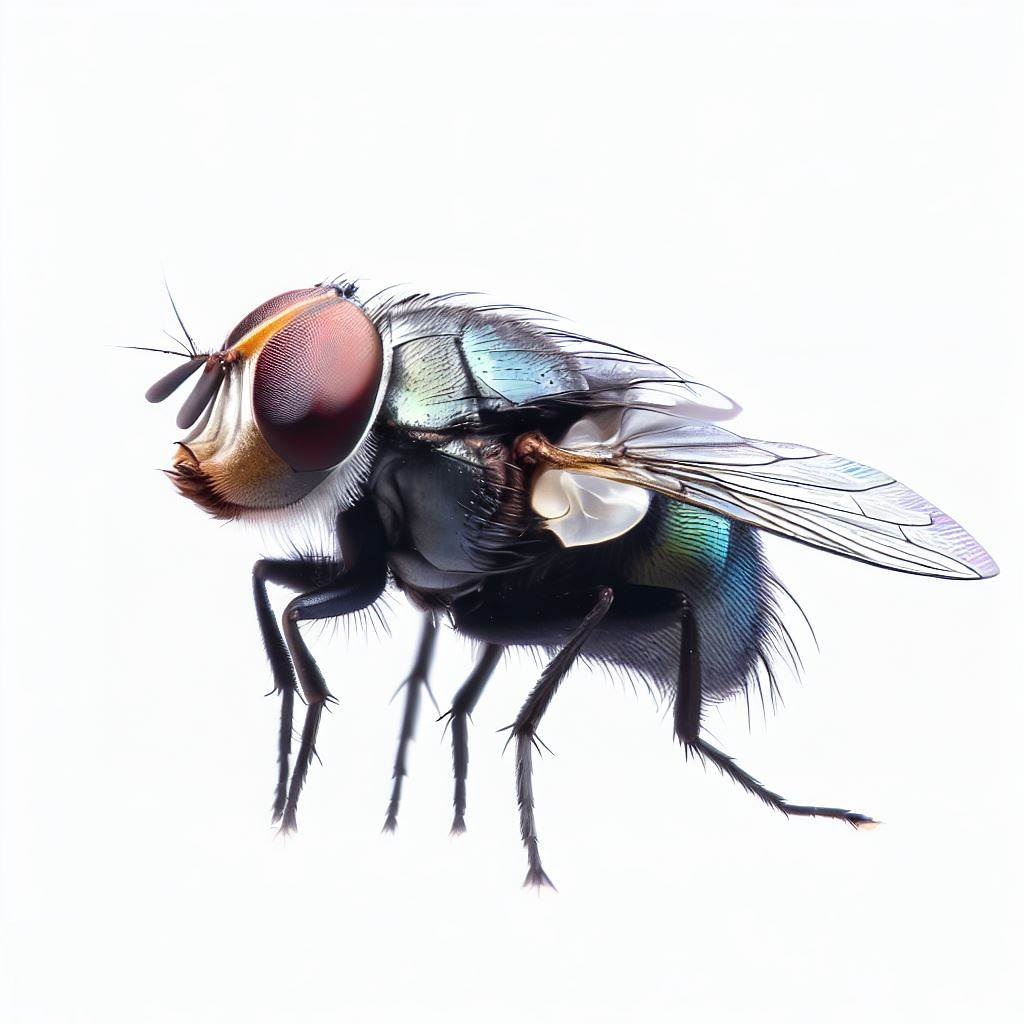
| Characteristics of Blow Fly | |
|---|---|
| Feature | Description |
| Size | Typically 6-14 mm in length. |
| Color | Metallic blue, green, or black, giving them their distinct appearance. |
| Behavior | Attracted to decaying meat and are commonly used in forensic science to estimate time of death. |
| Diet | Larvae feed on decaying organic matter, especially carrion, while adults feed on nectar. |
| Habitat | Common in urban areas, particularly around slaughterhouses, meat-processing plants, and garbage dumps. |
What are the characteristics of Fruit Fly?
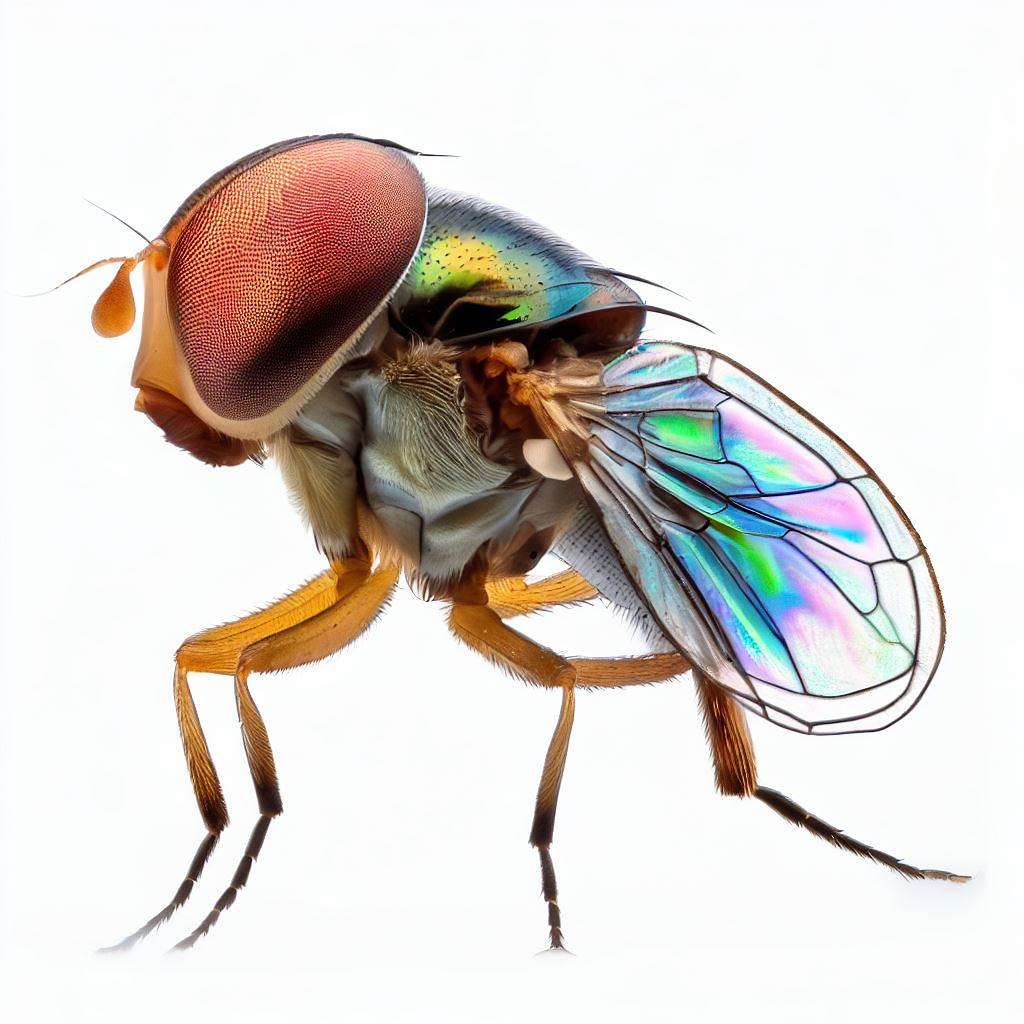
| Characteristics of Fruit Fly | |
|---|---|
| Feature | Description |
| Size | Typically 3-4 mm in length. |
| Color | Red eyes with a tan or yellowish body. |
| Behavior | Attracted to overripe fruits and vegetables and can breed rapidly. |
| Diet | Feed on decaying fruits, vegetables, and other organic material. |
| Habitat | Found in homes, restaurants, supermarkets, and anywhere food is allowed to rot and ferment. |
What are the characteristics of Horse Fly?
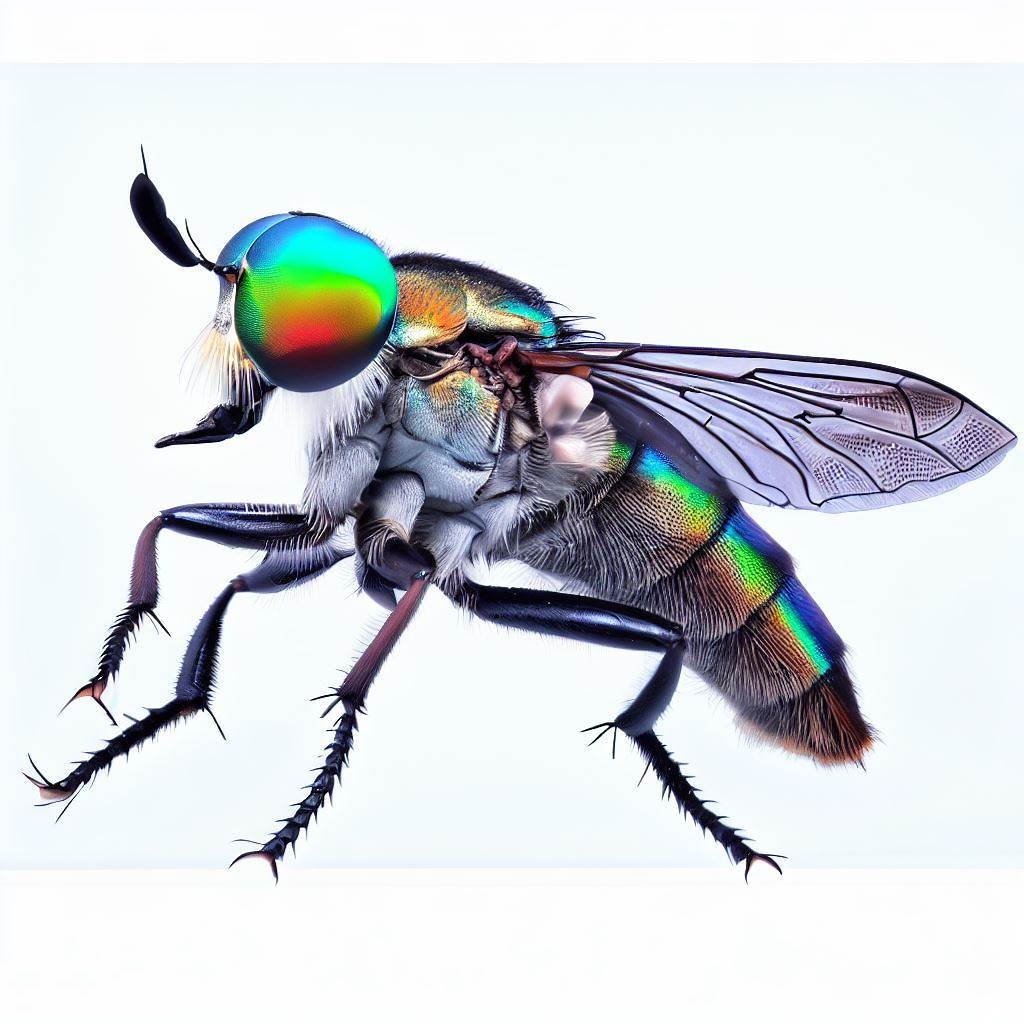
| Characteristics of Horse Fly | |
|---|---|
| Feature | Description |
| Size | Generally large, ranging from 10 to 30 mm in length. |
| Color | Most species are dark in color with a shiny appearance, but colors can vary. |
| Behavior | Aggressive biters, especially females, as they require blood for egg production. |
| Diet | Females feed on the blood of mammals, while males primarily consume nectar. |
| Habitat | Typically found near water, meadows, or open spaces as they prefer warm and sunny environments. |
What are the characteristics of Black Fly?
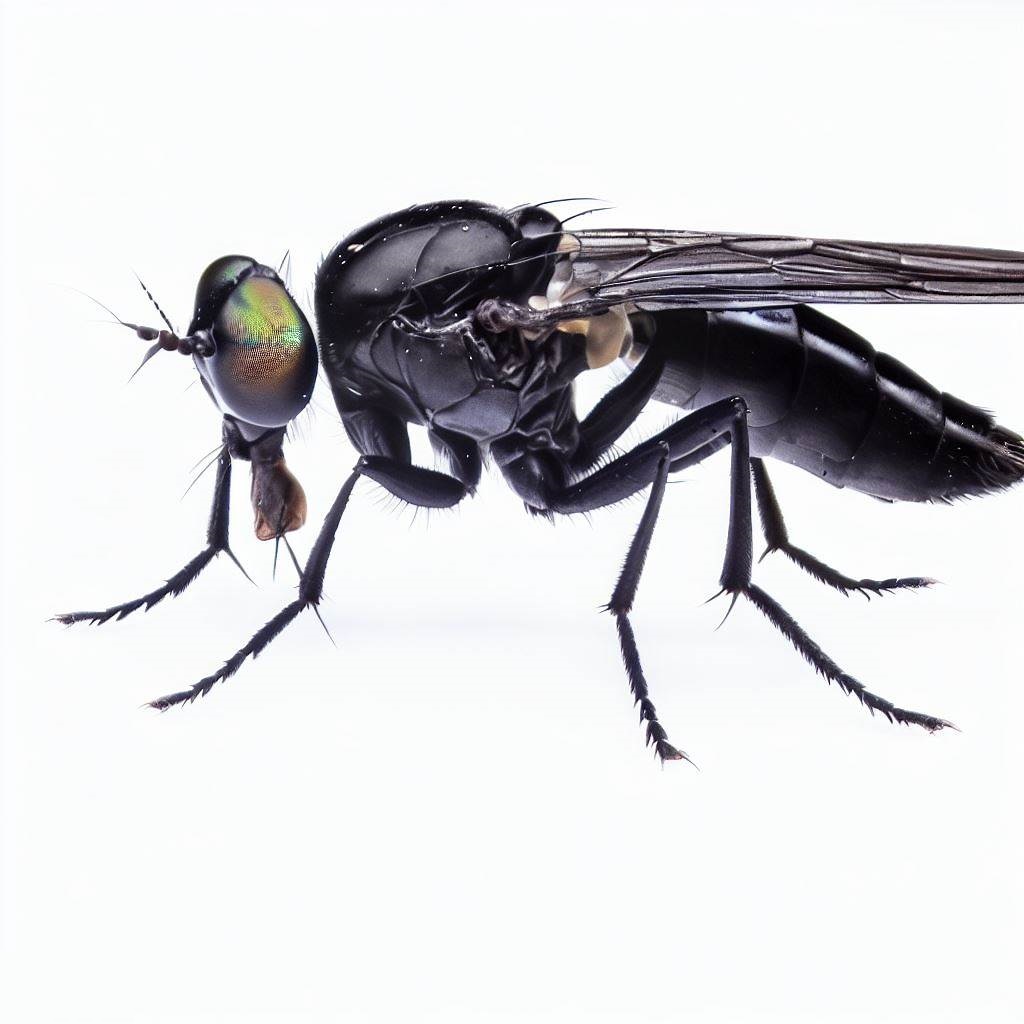
| Characteristics of Black Fly | |
|---|---|
| Feature | Description |
| Size | Small, typically ranging from 1 to 5 mm in length. |
| Color | Usually black or dark grey, but some species can be yellowish-brown. |
| Behavior | Known for their painful bite. Females feed on blood and can swarm around hosts. |
| Diet | Females require blood for reproduction, while both sexes also feed on nectar. |
| Habitat | Often found near flowing freshwater streams or rivers where larvae develop attached to rocks or vegetation. |
What are the characteristics of Cluster Fly?
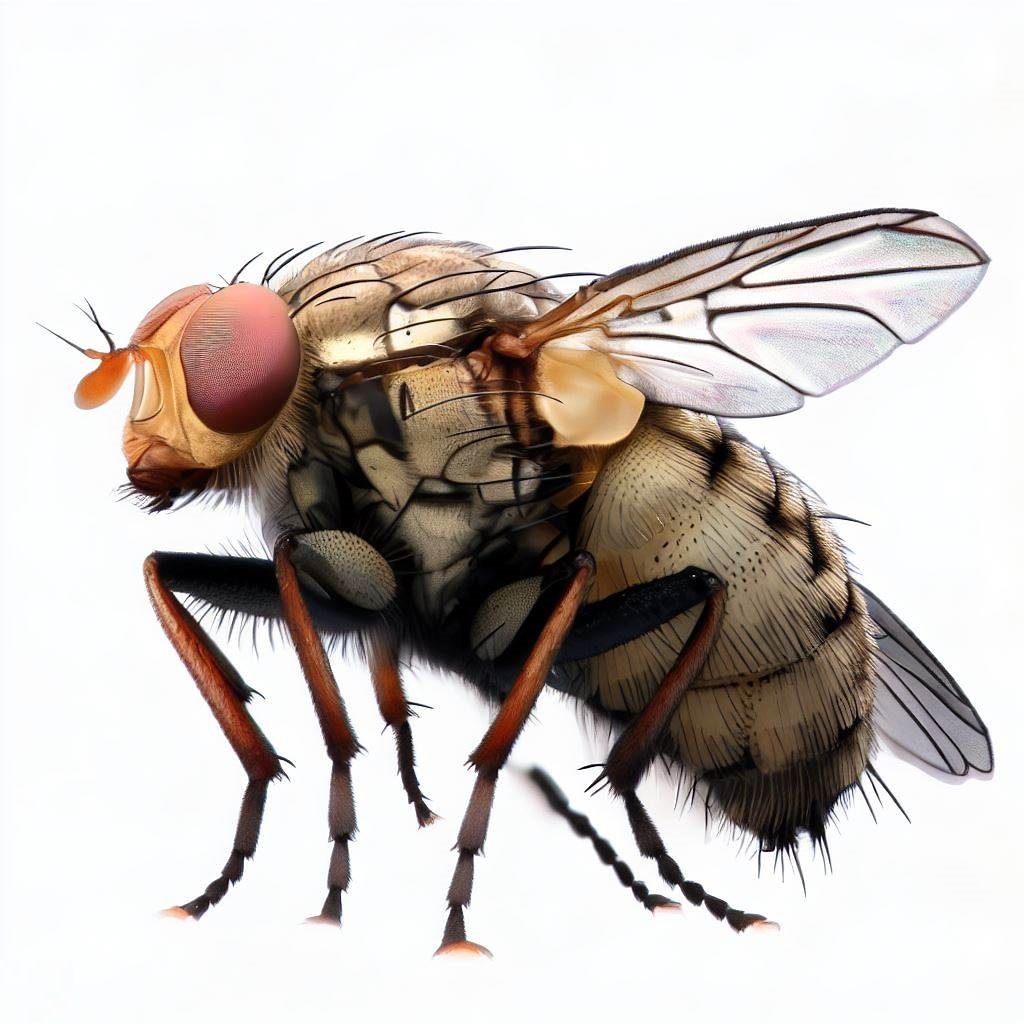
| Characteristics of Cluster Fly | |
|---|---|
| Feature | Description |
| Size | Larger than house flies, they range from 8 to 10 mm in length. |
| Color | Dark gray to black, with distinct golden hairs on the thorax. |
| Behavior | Known to congregate in large numbers on windows or walls, especially during fall and spring. They are sluggish in movement. |
| Diet | Feed on nectar or plant sap. They do not bite or transmit diseases. |
| Habitat | Cluster flies lay eggs in the soil where larvae are parasites of earthworms. Adult flies often enter homes for overwintering. |
Call us for a Free Flies Inspection
Top Tips To Prevent Fly Infestations: Essential Guide
- Sanitation: Regularly clean your surroundings. Make sure to promptly dispose of food scraps, and ensure your trash cans have tight-fitting lids. Clean up pet waste immediately, as this can attract flies.
- Natural Repellents: Use herbs like basil, lavender, and bay leaves as natural repellents. Flies dislike their scent, so having these plants around entrances can deter them.
- Screen Openings: Ensure all windows, doors, and vents are properly screened to prevent fly entry. Regularly inspect these screens for holes and fix them promptly.
- Use Fly Traps: Commercial fly traps, sticky fly paper, or DIY traps using vinegar or wine can be effective in reducing fly populations indoors.
- Regularly Inspect and Repair: Check for breeding grounds such as rotting food, stagnant water, or moist organic matter. Ensure there is no standing water in plants or drainage areas, as these can be breeding grounds for flies.
Frequently Asked Questions about Flies:
Flies are attracted to homes primarily for food, breeding sites, and shelter. They are drawn to organic decaying material, leftovers, and trash. Additionally, certain odors, warmth, and moisture within homes can also be enticing to them.
To effectively get rid of flies, it’s crucial to identify the species and eliminate their breeding sources. This often involves proper sanitation, using fly traps or insecticides, and seeking professional pest control if the infestation is severe. Ensuring good ventilation and using screens on windows and doors can also prevent flies from entering your living space.
Not all flies are harmful, but many are considered pests due to their potential to spread diseases. Flies can carry pathogens on their bodies and in their saliva, feces, and vomit. When they land on food, they can transmit these pathogens, leading to foodborne illnesses. However, it’s essential to recognize that not every fly you encounter is a direct threat to your health.
